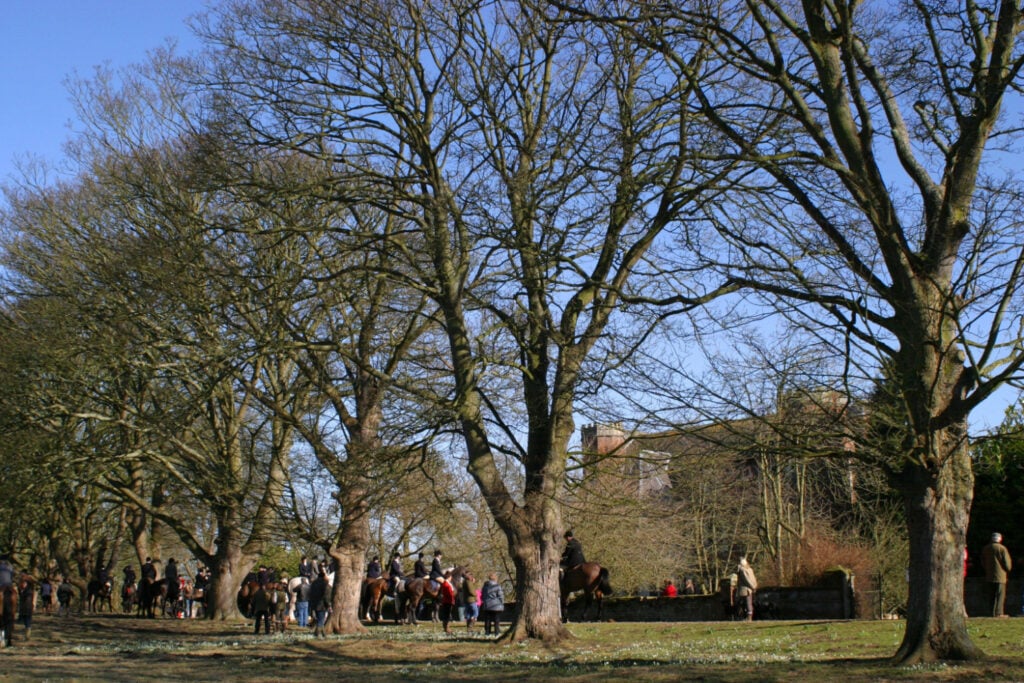Lying at the foot of the Yorkshire wolds, this site is known for housing both nuns and monks, albeit each confined to their own separate quarters. Yet what remains of this former extensive monastic complex indeed, a grand mansion) does little to belie its former prominent existence as the wealthiest house of the Gilbertine order in the country. And yet it was the second monastic house established here, with the first a nunnery dating to c.686.
The next monastery was founded in c.1150 by Eustace Fritz John as penance for his allegiance to Scotland at the Battle of Standard as a double house for nuns and resident canons of former Sempringham. After the priory was surrendered to the Crown in 1539 as part of the machinations of the Dissolution of the Monasteries, everything changed. Only the prior’s house survived the reformation destruction, and, with that, the former monastic site was transformed into a residential dwelling—largely incorporating the former prior’s lodging—with extensive grounds which included the site of the other monastic buildings, all laid out as gardens.

Subsequent centuries saw the estate pass through several hands, from Heneage Finch, 2nd Earl of Winchilsea (who got so deep into debt, he was forced to bring in trustees to facilitate their settlement) to William Dickinson of the Customs House in London in the 17th century, then to the Bethell family, who still own it. It was Richard Bethell who inherited the Rise and Watton estates and thus commenced the reconstruction of nearby Rise Hall in 1815. As a result, Watton was tenanted out.
By the early 19th century, a boarding school was established at the house though for only a decade, with the Jennings family in charge of the gardens (and Reverend Henry Jennings the resident incumbent). It was during this era that a formal avenue linking the Beverley to Driffield Road to the gardens was planted and the grounds were thus excavated by William St John Hope, the carved finds discovered then being used to form various garden features.